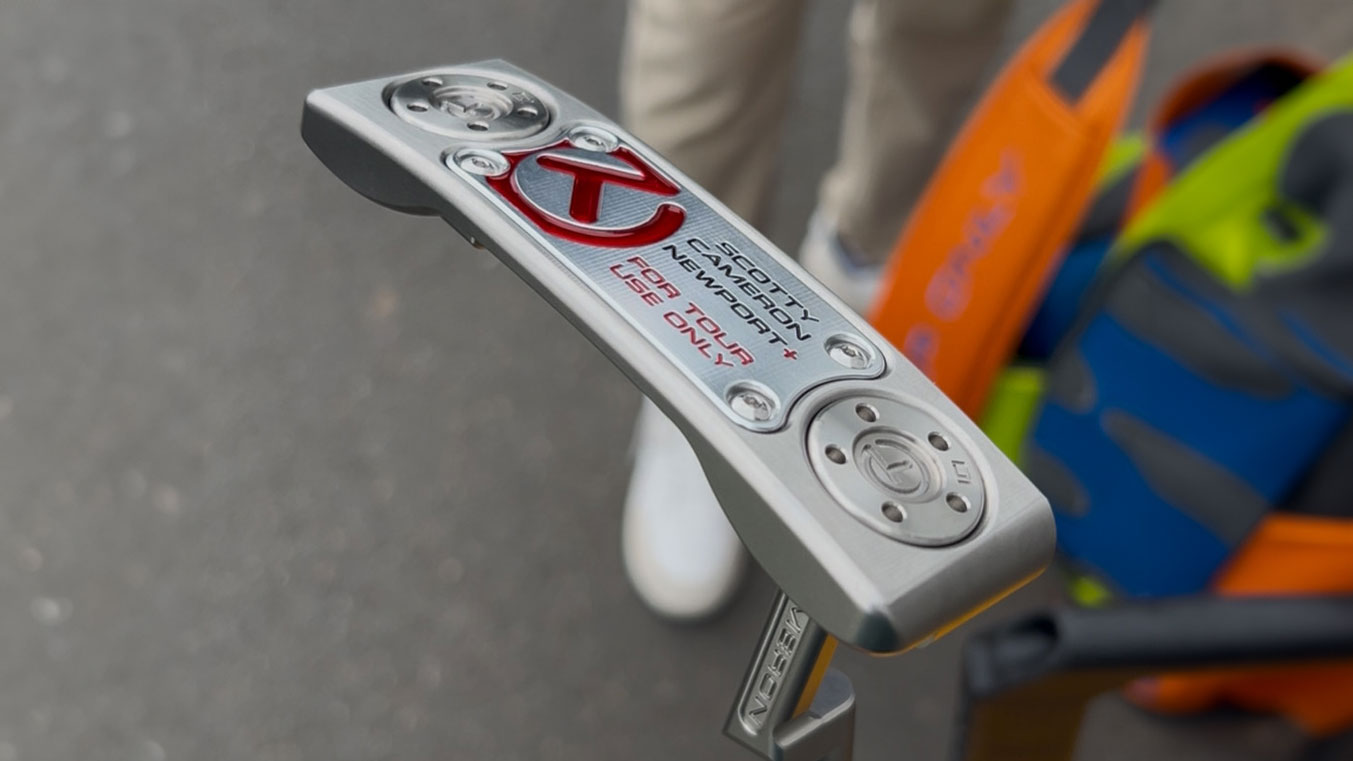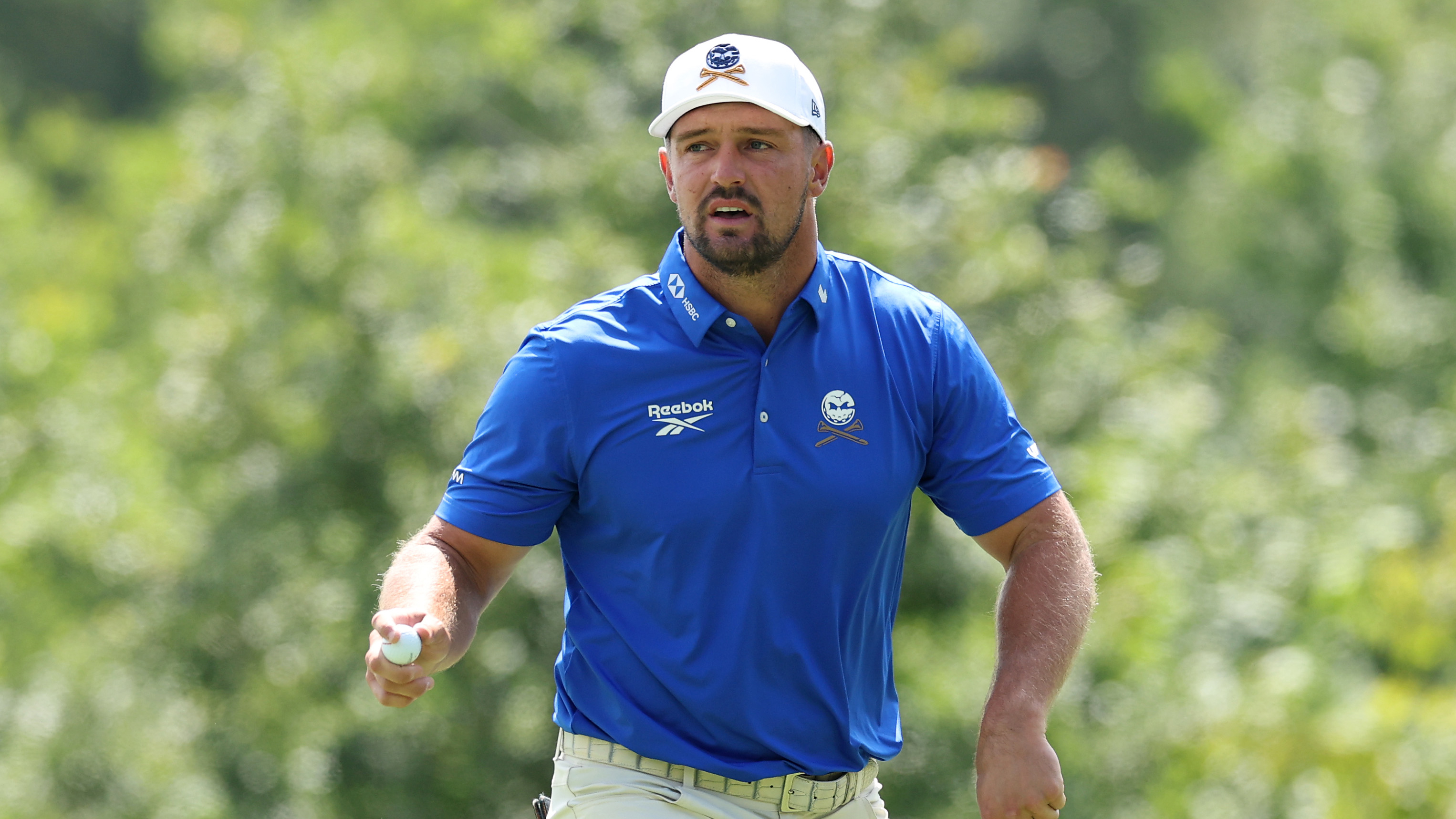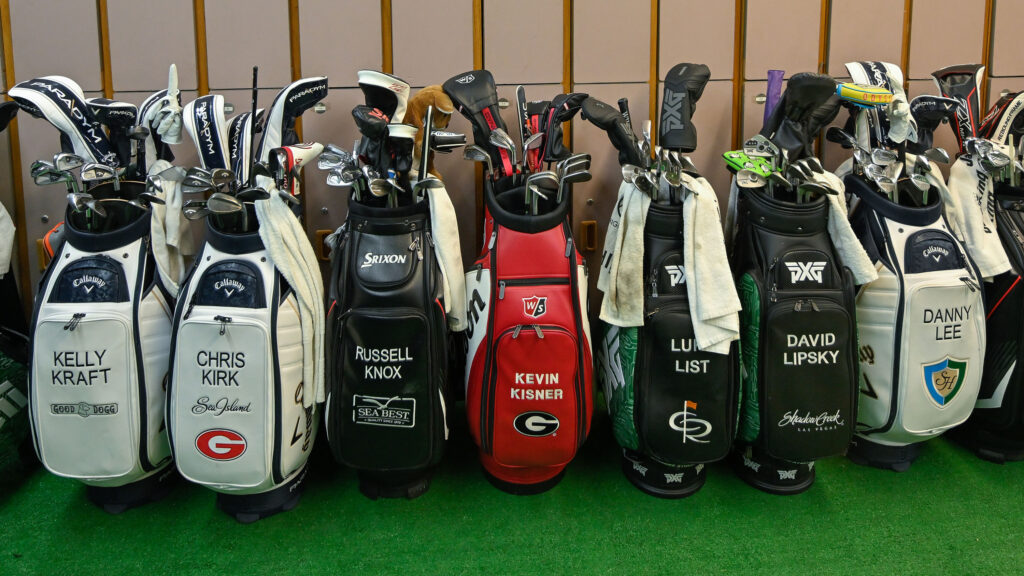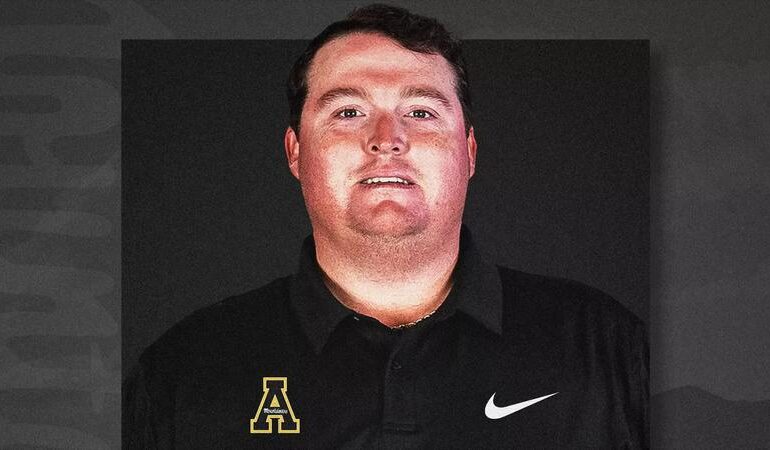In the high-stakes world of professional golf, every marginal gain counts. While serious golf fans eagerly await the latest retail releases from their favorite brands, a fascinating and often elusive category of equipment exists: “tour-only” gear.
This isn’t a new phenomenon; it has always been the case that there are certain clubs, balls, and various other equipment reserved exclusively for the elite players on global tours.
The reasons for the existence of this category are fundamentally pragmatic: the playing requirements and often high swing speeds of the world’s best professionals are vastly different from those of the average amateur, and as such, it simply wouldn’t be prudent or financially viable for manufacturers to mass-produce such niche, highly specialized products for a broader market.
You may like

The tour trucks of the major manufacturers are where the “tour only” equipment resides.
(Image credit: TaylorMade Golf)
Across virtually every category of equipment – from drivers and fairway woods to irons, wedges, putters, and even golf balls – most major manufacturers maintain a discreet inventory of “tour-only” products, meticulously crafted and reserved solely for their staff players. These aren’t always entirely new designs, but rather highly refined variations of retail models, tailored to extract every ounce of performance from swings that defy amateur comprehension.
In the realm of metalwoods, “tour-only” typically manifests as subtle yet impactful tweaks to characteristics like Center of Gravity (CG) placement and head shape. These modifications are designed to fine-tune launch, spin, and trajectory for players who generate extreme clubhead speeds.

Scottie Scheffler and his tour only TaylorMade Qi10 “dot” head.
(Image credit: Getty Images)
A prime example currently making waves is the TaylorMade Qi10 ‘dot’ head. This elusive driver, seen in the bags of top stars like Rory McIlroy and Scottie Scheffler, is a unique blend of the retail Qi10 LS (Low Spin) and the standard Qi10 models. It offers a specific combination of spin characteristics and head shape that isn’t available to the public, providing a bespoke solution for their individual needs.
I could reel off numerous examples of tour-only driver models from various manufacturers, but in some very rare instances, a product does so well on tour that a manufacturer will decide it has some merit in the retail market and will release some limited quantities. This exact scenario happened a couple of years ago with Callaway and its Ai Smoke Triple Diamond Max driver.

Wesley Bryan is one of a number of PGA Tour players who opted for the Triple Diamond Max head
(Image credit: Getty Images)
The iron category is perhaps where the “tour-only” phenomenon becomes most evident and somewhat romanticized, with manufacturers often going to extraordinary lengths to create special, one-off versions of their irons, or “prototypes,” specifically for their staff players.
Titleist is a prime example of a company that will craft bespoke sets for its elite athletes. Players like Justin Thomas, Cameron Young, and Adam Scott have all been known to play sets of irons that feature unique grind work, subtle offset adjustments, or internal weighting configurations not found in standard retail offerings.

Adam Scott using his “one of one” Miura irons.
(Image credit: Getty Images)
Similarly, TaylorMade has a rich history of producing custom irons for its biggest names. Rory McIlroy, for instance, famously plays “Rors Proto” irons, which are essentially highly customized versions based on the classic P730 blade design.
Likewise, Dustin Johnson has wielded his “DJ Proto” irons for many years now, also derived from the P730 model, featuring specific sole grinds and leading-edge characteristics tailored to his unique swing and turf interaction.

Rory McIlroy is another player using irons that are not available at retail. *TaylorMade did release a very limited number to celebrate his Grand Slam.
(Image credit: Getty Images)
The short game is where fractions of degrees and millimeters of design can make a monumental difference to shot outcomes.
If you walk around the putting green at any PGA Tour event, you will inevitably see countless subtly different versions of otherwise familiar putter models from brands like Odyssey, TaylorMade, Scotty Cameron, and more. These variations generally feature custom neck styles, shaft options, and, crucially, a far greater variety of alignment aids than are available at retail.
A player might prefer a single dot, a triple line, a specific sightline length, or a unique milled pattern that perfectly frames the ball for their eye; all of these are on offer to the tour player.

Circle T putters from Scotty Cameron are some of the most sought after “tour only” items.
(Image credit: Future)
Wedges, too, often receive special treatment. While retail wedges offer various bounce and grind options, tour pros might have specific sole shaping requirements, hand-ground to suit their exact angle of attack and the particular course conditions they expect. This ensures optimal turf interaction and spin control from any lie.
Even the golf ball, seemingly a standardized piece of equipment, has “tour-only” versions that you or I cannot easily lay our curious hands on! While the core technology remains consistent with retail models, some manufacturers, including Titleist and Callaway (and likely others), produce balls with subtle tweaks to their cover composition, dimple pattern, or core compression.
These minute changes can influence spin rates, launch characteristics, or feel, providing an almost imperceptible advantage that only the most sensitive and high-speed players can detect and utilize.

Bryson DeChambeau has actually enlisted designers to come up with a ball completely bespoke to him in recent weeks.
(Image credit: Getty Images)
Beyond their performance benefits, “tour-only” products often carry a high value on the online secondary market. Their scarcity, combined with the allure of owning the exact equipment wielded by the game’s biggest stars, creates a significant “cool” factor. Collectors and avid golfers are willing to pay a premium for these elusive pieces, transforming them into highly sought-after memorabilia.
In essence, “tour-only” equipment is a testament to the hyper-specialized nature of professional golf. It highlights the incredible demands placed on players and the lengths to which manufacturers will go to provide their athletes with every conceivable advantage, even if those advantages remain just out of reach for the rest of us.







